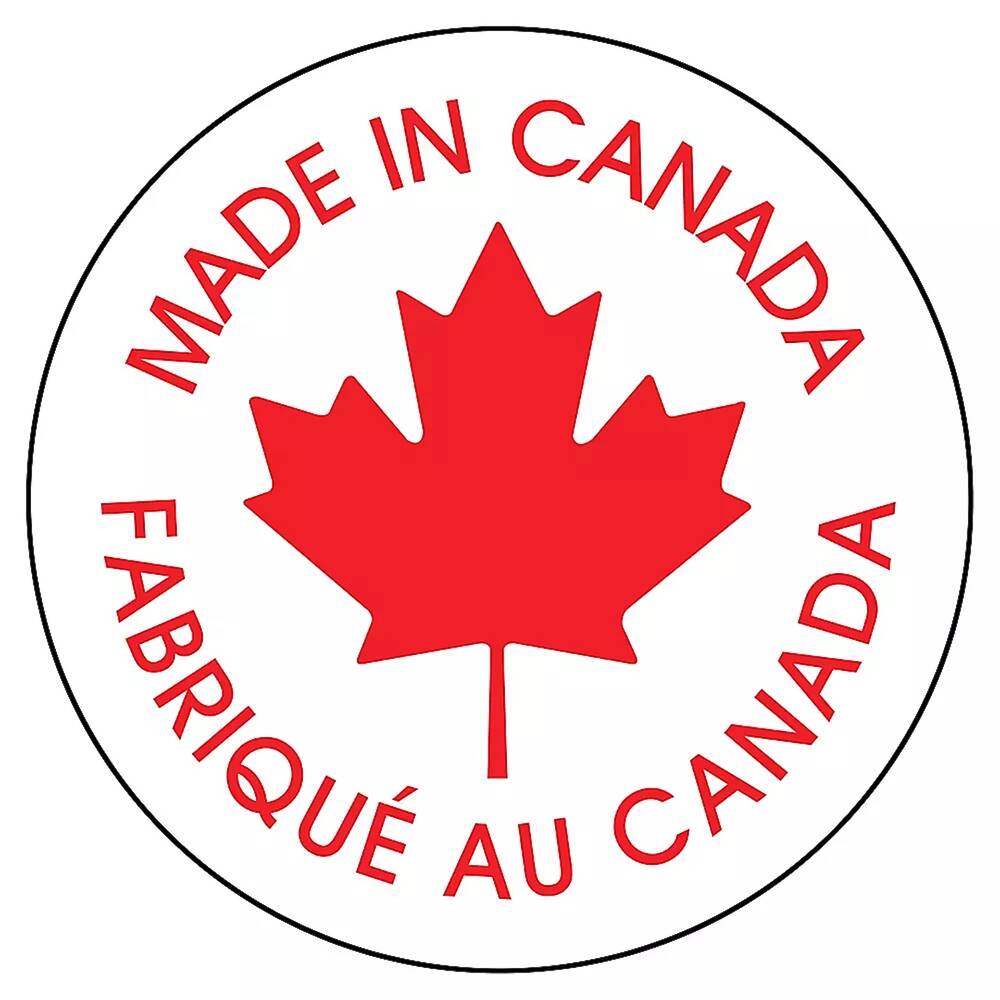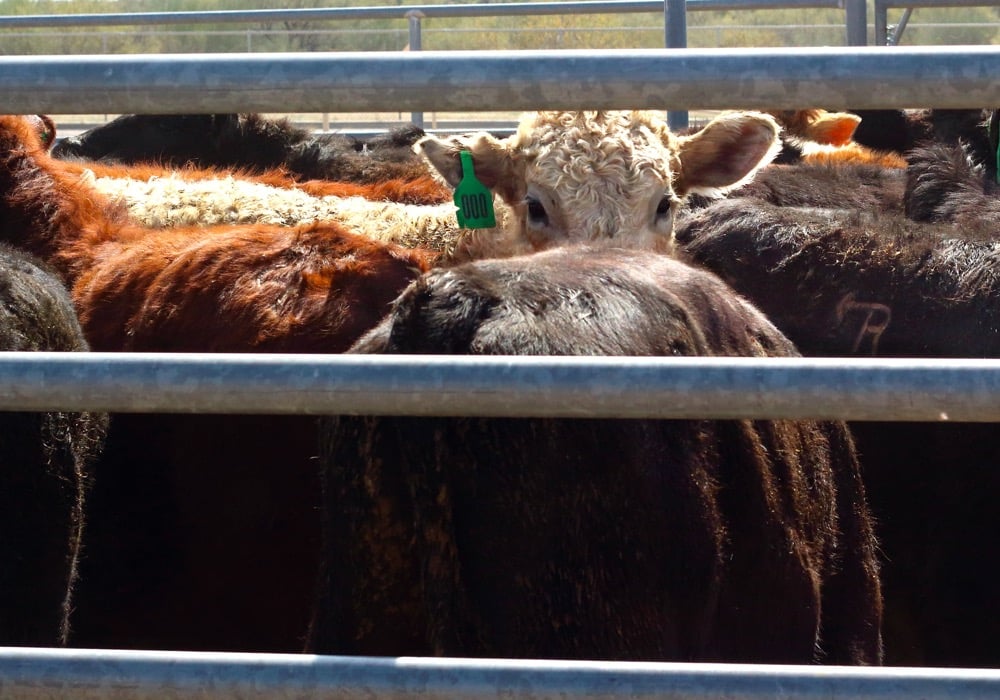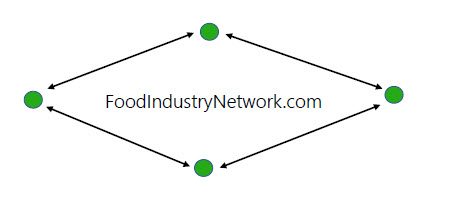Canada can’t afford to let its food sector be snatched in trade war

Canada’s food sector, which is this country’s largest manufacturing sector and one pivotal to our national security, is about to be kidnapped unless we come up with a strategy to protect it.
It was seeping south even before the U.S. declared economic war.
There is no denying it will be difficult to pivot away from Canadian producers’ dependence on the U.S. market. Despite our rhetoric about diversifying our markets, Canada is even more reliant on the U.S. market today than it was 10 years ago.
Read Also


Klassen: Western Canadian feeder markets set fresh high amid tariff threat
For the week ending February 1, Western Canadian feeder cattle markets traded steady to $8 per hundredweight higher compared to seven days earlier. In some cases, larger packages of quality genetics were up as much $15/cwt from the prior week.
According to statistics circulated by Grain Growers the U.S. imports over $17 billion worth of Canadian grain and grain products every year. Canola exports were valued at $8.5 billion, wheat exports at $1 billion, oats at $850 billion and barley at $200 million.
Grain and oilseeds can be rediverted or stored, albeit at a cost.
That’s not an option for our livestock sector.
Farm Credit Canada said in a recent analysis that Canada exports 22 per cent of its total hog production, with exports to the U.S. making up 99 per cent of all exports.
Sixty per cent or four million pigs annually are weanlings sold to the U.S. for fattening and slaughter. The majority, 2.6 million piglets, come from Manitoba producers.
One-quarter of Canada’s hog exports are market-ready hogs ready for slaughter and that number has been rising over the past four years due to the continued loss of processing capacity in Canada.
The story for cattle is similar, but more complicated. “A calf could be born in Alberta, sent to Montana to graze, sent back to Alberta for fattening in a feedlot, and then shipped back to the U.S. for slaughter,” the FCC report says. Imagine trying to figure out the tariff impact of that.
Live animals need to move through the supply chain until the production pipeline can be adjusted. That means the additional costs of tariffs will have to be absorbed. History suggests producers become the sponge.
News stories have already started to surface about Canadian-born food processors dependent on the U.S. market for growth making plans to move their operations south. That is exactly the intent of this tariff war.
It’s well documented that Canada’s food and beverage processing sector has been losing ground in productivity and competitiveness. Statistics Canada reported in December that the pace of the sector’s investment in product, process, organizational and marketing innovations has been declining at a time when the industry openly acknowledges it needs to increase. Investments in process innovation declined the most.
“Canada’s food and beverage manufacturers lag significantly behind some of our international peers in automation, technology adoption and operational efficiency,” Food and Beverage Canada CEO Kristina Farrell told a recent Canadian Agri-Food Policy Institute webinar. “It directly impacts our ability to compete globally, especially as input costs rise and margins tighten.”
She cited key vulnerabilities such as the industry’s structure, which is dominated by small- to medium-sized enterprises that lack the scale to go global, and the sector’s over-reliance on the increasingly uncertain U.S. market.
Farrell said external factors aren’t the only ones holding Canada back. She cited internal ones such as inadequate infrastructure in housing, childcare, transportation and labour, as well an inefficient regulatory framework. “These challenges aren’t necessarily new, but the urgency to address them has never been greater. We need to shift toward a forward-looking policy framework that prioritizes enhancing productivity and competitiveness across the industry, both in primary agriculture and in food and beverage manufacturing,” Farrell said.
Countering tariffs with tariffs is a normal reaction. It may buy us time. But it isn’t a strategy.
Neither is shaking our heads and speculating on when Donald Trump will come to his senses and do sensible things.
His power comes from unpredictability and his ability to create chaos.
Canada must move quickly to break down provincial barriers to trade, which a Queen’s University analysis says adds between 7.8 and 14.5 per cent to the price of goods and services purchased within Canada. Studies suggest eliminating those barriers could grow our national per capita GDP by three to seven per cent, adding $50 billion to $130 billion to the Canadian economy. We can’t change our geography, but we can develop national consistency in regulatory and technical standards.
That can’t happen overnight. What must change now is the commitment of our political leaders to achieving it.
In the meantime, any funds collected through import tariffs should be split between keeping the agriculture and agri-food sector afloat and investing in its future.
Instead of pointing fingers and scurrying around like gophers beneath a hawk’s shadow, it’s time to focus on the things that are within our power to change.
Source: Farmtario.com

